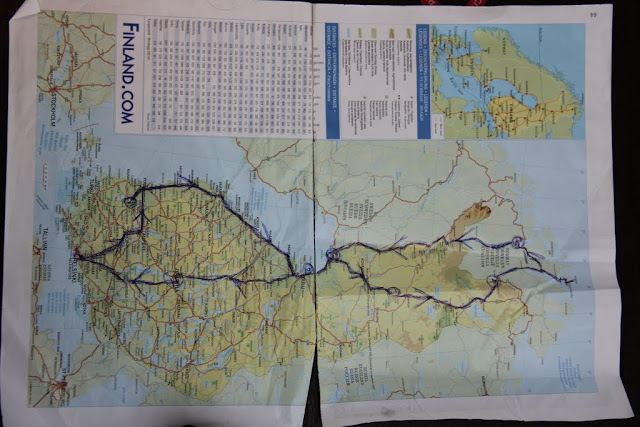 |
| Moray agricultural incan ruins |
We’re writing this on the bus to Potosi, Bolivia and Jen is typing as Matthew had a little incident on death road... but more on that later (M - don’t worry Mum, just a sprained wrist).
After Machu Picchu we caught the train to Ollantaytambo in the Sacred Valley. There we found great quiet hostel to spend two nights in this little town. Ollantaytambo’s chief attraction is an inca fortress built into the hillside and at the edge of the town, about 10 minutes walk from where we were staying. We explored these ruins early the following day after arriving in town. Still sore from our Machu Picchu trek we were happy to call it a day after a couple of hours looking around.
The town was gearing up for its anniversary celebrations, which really kicked off the day that we left. However, the town looked great with banners and streamers hung between buildings and through the streets and all the beautification projects taking place. We decided to commission a taxi driver to take us back to Cusco via some more inca ruins at Moray and the Salt Pans of Salinesa. The Moray ruins consist of 3 large circles of terraces each about 8 terraces high and about 50m across at their widest point. Standing on the rim of the circles it was cold, yet because each terrace is said to be a microclimate it was noticeably warmer as we descended down into the terraces. The terraces are said to have been used for agriculture with different varieties of maize grown on each level.
The Salt Pans are really quite spectacular. From a distance it looked like snow or ice but as we came closer you could see the almost 5000 individual pans. Water from a salty stream is directed via a series of rivulets that have been cut into the rock face into the pans (each of which might be around 2x2m). The water is then left to evaporate and salt is scraped into piles, bagged and sold.
We arrived in Cusco late in the afternoon and left early the following morning en route to Puno. We took a tourist bus that stopped off at a number of attractions between the two locations including a magnificent old church full of gold and huge murals, inca ruins including a temple and storage huts, the highest point at 4,300+ metres above sea level, a buffet lunch, and a museum displaying ceramic findings from the pre inca civilisations from the area. The scenery was spectacular from high Andean passes to vast antiplatos. It reminded us both of the Tongariro National Park and Central Otago.
At about 3800 metres above sea level, we figure Puno is actually higher than Mt Cook. The air is incredibly thin and we often find ourselves having to stop to catch our breath. We booked ourselves onto a 2 day tour of Lake Titicaca and some of her islands. The first stop was at the Uros Islands, or the Floating Islands as they are sometimes known. These manmade islands, made out of reeds, have to be seen to be believed. We stayed here for about an hour while the President of the Island showed us how the island is made. The reeds are layered about 2m thick and have to be maintained monthly. Next we visited the island of Amantani where we spent the night with a local lady at her house, which was converted into a tourist-friendly 2 bedroom hostel. We climbed to the second highest point on the island for a spectacular sunset view, from 4200m above sea level! The next day we said goodbye to our host (who had also cooked us lunch, dinner and breakfast) and headed to the Island of Taquile. There we walked around the island, visiting artisanal markets and the main square before enjoying a lunch with an amazing view across the lake. After this it was time to head back to Puno for our final night in Peru.
We both had a great time in Peru. The people are very proud of their country and deservedly so. From harsh flat dry deserts, to dense jungles, from fantastic inca and pre-inca ruins to spectacular geography. The people are friendly, inter-country journeys are easy, and accommodation and food is generally of both a comfortable standard whilst being highly affordable.
 |
| Ollaytaytambo valley |
 |
| Salinesas salt pans |
 |
| Highest point en route to Puno |
 |
| Uros floating island |
 |
| Sunset at 4200m |
 |
| Lunch view on Taquile Island |
 |
| Ollaytaytambo and ruins at the rear |














































